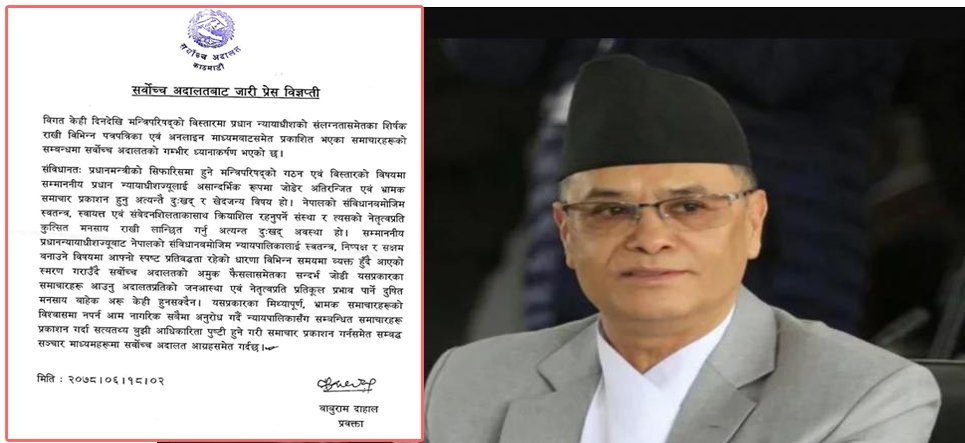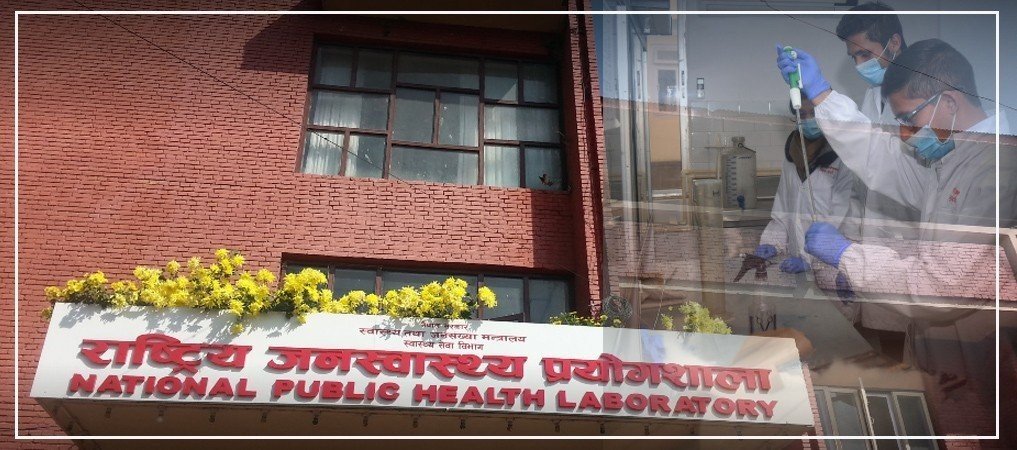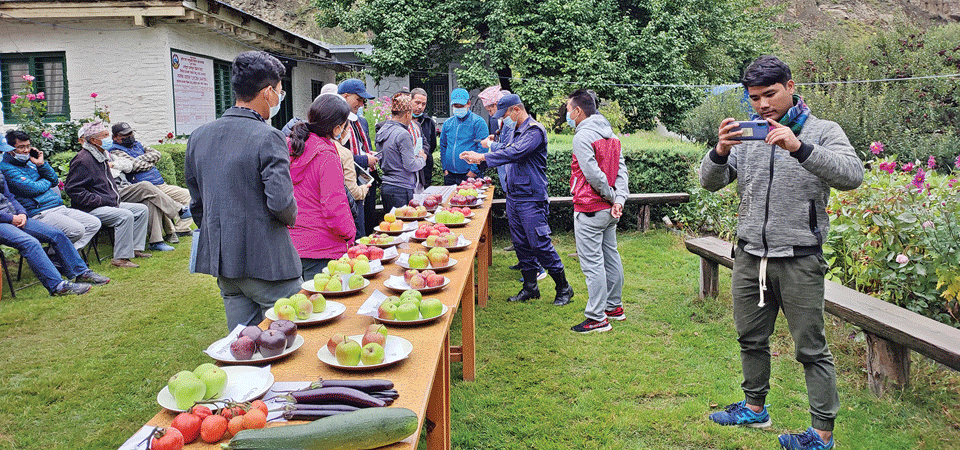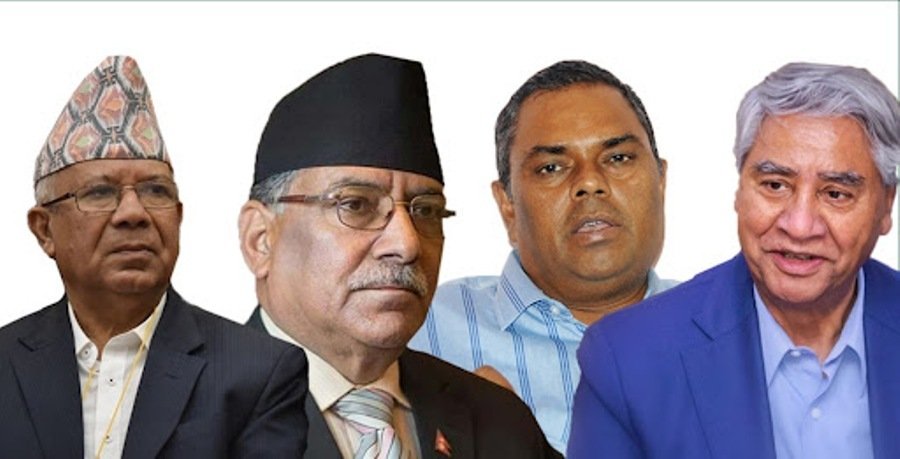Book review - Hisila: from Revolutionary to First Lady

By Upesh Maharjan, Kathmandu, Oct.12: Author Hisila Yami, book titled, 'Hisila: from Revolutionary to First Lady,' published in English can be a motivating document for anyone who wants to understand Maoist ideology or leftist politics in Nepal.
Although this collection of very interesting and readable topics have been targeted at English-speaking readers, it is essentially a level of motivation for everyone to read.
So far, the author has tried to present the various events of the Maoist movement in a systematic manner, including the principles, ideology, and philosophy of the movement. The author has expressed her clear views in regard to Nepal's philosophical, political, and linguistic, and gender in this work.
The author seems to have experienced the philosophical, ideological, and political lens of the Maoist party, which believes in Maoism that "Power comes from the barrel of gun."
In this book, she has brought to light about struggle and inter-struggle in the furnace of class struggle, which also showcases her own self-struggle developed in her at that time.
And, in order to turn the accusations made in the past into falsehood, she has dug deep into the depths of the inter-conflict as well.
In the past, along with Dr Baburam Bhattarai, she had well refuted all the allegations on her in some articles, press releases, interviews, and party training, but now she has revealed the issues with concrete analysis systematically.
In this work, the author has illustrated the reasons behind the Maoist people's war (armed insurgency), its background, role-playing, and its differences from other countries including Soviet Russia and China, philosophically and theoretically.
The rise and expansion of 'Prachandapath' born in Nepal as a new version of Marxism-Leninism-Maoism (Maoist ideology) have also been critically analyzed in the autobiography.
There is an impression that the book also tries to raise the hidden issues on the issue of democratic centralism in which leaders, leadership, and line of action will be implemented. The author also reiterates the notion that political will can be firmly applied in practice even when the objective situation is immature.
She writes that even people who are not conscious can be consciously trained politically. She has also given an example as inspiring proof that even an ordinary person or a politically ignorant person can take the reins of state power if he/she can continue is reinforced with the idea of politics.
Starting with the title 'Why there is an aim in life?’ she has offered her life story from her childhood to being a politician and first lady and finally turning unturned stones of her life. She further succeeds in attracting the attention of the readers through one article after another.
Although she presented the life story of becoming the country's first lady, the autobiography has not missed focusing to present that the war fought for class equality has become a document of the unwritten political history of the Maoist movement.
This work has shed light on the inequalities seen in Nepal, political movements, power struggles, women's emancipation, political achievements, political change, and inclusive proportional rights.
The author has strongly sought to prove that ideology regarding Marxism has been changed as per time, therefore, those following the Marxist ideology must move with time as well.
She has presented evidence of the transformation of Marxist socialism by uniting in different parties for the development of Marxist socialism, however, she has accused, “Mohan Vaidya, (Kiran) and Netra Bikram Chand to have not been able to see a bigger picture, and to have stuck with classical Marxism ideology.
To demonstrate that Marxism is vivid, she pointed out that it was a matter of interest for People's War hero Pushpa Kamal Dahal 'Prachanda' to leave Maoism and unite with the CPN (UML) to follow the new ideology of the Chinese Communist Party that is the thought of Xi jinping.
She further stressed that both she and Dr Babu Ram Bhattarai are devoted to a new campaign of struggle even though other leaders involved in Maoist Movement have lost their vision.
The 335-pages book, published by Penguin Publications, New Delhi, has three chapters. There are 38 articles in this work including seven articles in the chapter titled 'Prarambha', 18 articles in the chapter 'People's War', and 13 articles in the chapter 'New Beginnings'.
The editing of the international reader-centric work is accordingly. However, proof-editing of some articles written on the basis of progressive realism has not been adapted in a timely manner. Instead of placing the footnote on a separate page at the back, placing it at the bottom of the page as needed would sweeten the reader's attention and use of time, and the revolutionary passion of the reader's mind could be aroused accordingly.
In the end, the design of the cover story is attractive and very appropriate, reflecting the person, personality, and revolutionary heritage of the country. This work confirms a vivid historical record of Maoism (Maoist ideology) with experimental practice in the context of Nepali society and movement. The belief expressed in this work that the exploration of the new ideology of Hisila Yami, the literary writer, and Maoist leader, will be transformed is evident from the ideas expressed in this work.
Recent News

Do not make expressions casting dout on election: EC
14 Apr, 2022
CM Bhatta says may New Year 2079 BS inspire positive thinking
14 Apr, 2022
Three new cases, 44 recoveries in 24 hours
14 Apr, 2022
689 climbers of 84 teams so far acquire permits for climbing various peaks this spring season
14 Apr, 2022
How the rising cost of living crisis is impacting Nepal
14 Apr, 2022
US military confirms an interstellar meteor collided with Earth
14 Apr, 2022
Valneva Covid vaccine approved for use in UK
14 Apr, 2022
Chair Prachanda highlights need of unity among Maoist, Communist forces
14 Apr, 2022
Ranbir Kapoor and Alia Bhatt: Bollywood toasts star couple on wedding
14 Apr, 2022
President Bhandari confers decorations (Photo Feature)
14 Apr, 2022











